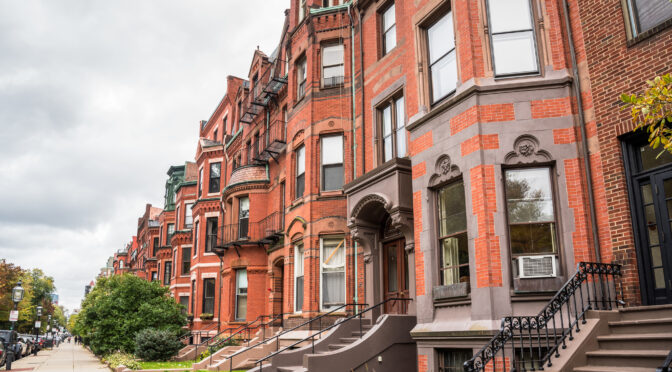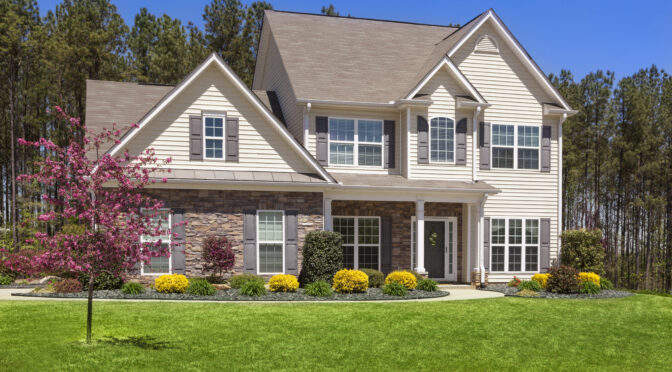Investing in the Massachusetts Housing Market:
Investing in the Massachusetts Housing Market:
Investment, House Flipping, and Rental Property Insights The Current Massachusetts Housing Market.
The housing market in Massachusetts has remained strong, but there are indications of increasing demand and limited inventory in certain regions.
Urban centers such as Boston, Cambridge, and Somerville continue to attract attention due to strong employment opportunities, leading to high demand for housing. However, this demand has also resulted in rising property prices, making affordability a concern for potential buyers and investors.
Investment and House Flipping Opportunities:
Massachusetts presents various investment opportunities, particularly in the realm of house flipping. Identifying undervalued properties, especially those in need of renovation, can offer attractive prospects for investors. We can help as Massachusetts hard money lenders for flipping houses, contact Rehablend LLC today.
Reinvesting in these properties by refurbishing and enhancing their value has the potential to yield a handsome profit in the strong Massachusetts housing market.
Buying Rental Property vs. Selling:
Investors in Massachusetts face the choice of buying rental properties for ongoing income or selling properties for potential short-term profits.
The decision between renting and selling should be based on factors such as the investor’s financial goals, property location, rental demand, and the investor’s ability to manage rental properties effectively.
Financing Opportunities and Finding Lenders:
Securing financing for real estate investments in Massachusetts can be facilitated through various channels. Traditional mortgage lenders, credit unions, and hard money lenders are some of the common options.
Additionally, collaboration with private investors or forming joint ventures can provide access to additional capital for real estate ventures. Researching and networking with local rehab hard money lenders is essential to secure the right financing for a real estate investment project.
How to Buy a House: Documents, Paperwork, and Payments:
The process of buying a house in Massachusetts typically involves several key steps. These include making an offer, executing a purchase and sales agreement, conducting property inspections, and securing financing.
Subsequently, investors or homebuyers should be prepared to complete various paperwork such as the deed, mortgage documents, and property insurance agreements. Understanding the nature of payments, including down payments, closing costs, and ongoing mortgage repayments, is crucial for successful property acquisition.
Foreclosures in Massachusetts:
For investors interested in distressed properties, navigating the foreclosure process in Massachusetts requires a thorough understanding of the state’s foreclosure laws and regulations.
There are opportunities to acquire properties through foreclosure auctions, pre-foreclosure negotiations, or purchasing bank-owned properties (REOs). Investing in foreclosed properties can offer potential value but requires a keen understanding of the associated risks and legal considerations.
In conclusion, the Massachusetts housing market offers a diverse array of investment opportunities, including house flipping, buying rental properties, and navigating the foreclosure market.
Understanding the nuances of the market and the various aspects of property acquisition, including house flipping financing options, paperwork, and foreclosure considerations, is essential for making informed investment decisions and maximizing returns in the dynamic Massachusetts real estate landscape.









